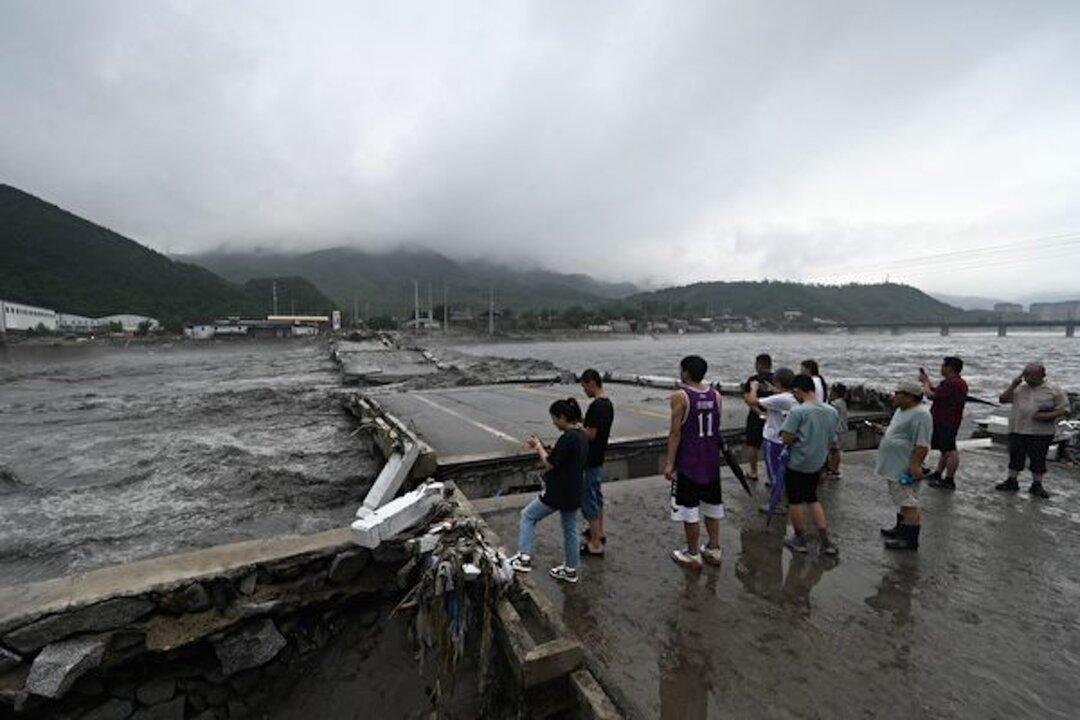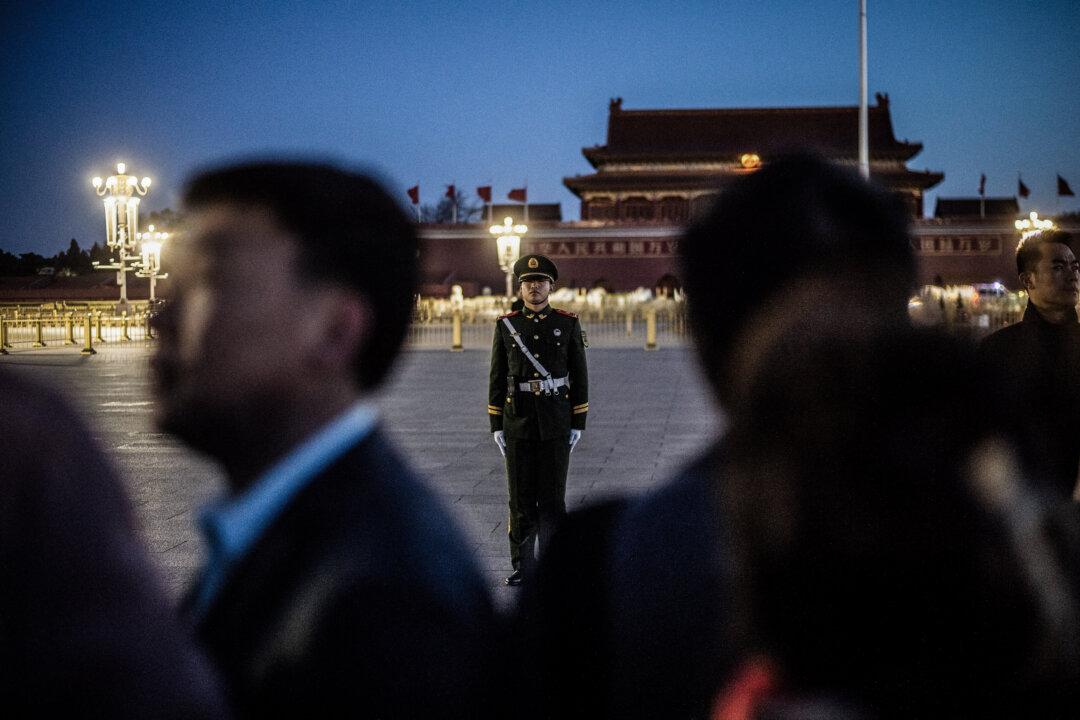Record flooding has hit Beijing and parts of nearby Hebei Province, causing at least 21 deaths and widespread destruction.
Typhoon Doksuri brought heavy rainfall to Beijing, Tianjin, and Hebei beginning July 29.
On the morning of July 31, flash floods occurred in Mentougou district in western Beijing, with social media videos showing many cars being swept away by turbulent muddy water. Meanwhile, images have shown Beijing Daxing International Airport appearing like a lake with passenger planes parked in the water.
On Aug. 1, eight reservoirs in Changping district in the northeast of Beijing, Pinggu district in the east of Beijing, and the Yongding River —the largest river to flow through Beijing—released flood discharge at the same time.
Hebei Province’s Zhuozhou city, with a population of 718,000, and nearby areas were subsequently flooded, with many people only given two hours to evacuate. A large number of people were trapped in the fast-rising floods.
The staff of the Zhuozhou Emergency Management Bureau admitted to the mainland Chinese media that the flood discharge from upstream (Beijing) caused the water levels in Zhuozhou to rise rapidly.
The Chinese authorities admitted that 21 people were killed and 26 were missing as of Aug. 3. However, the actual casualty number might be higher.
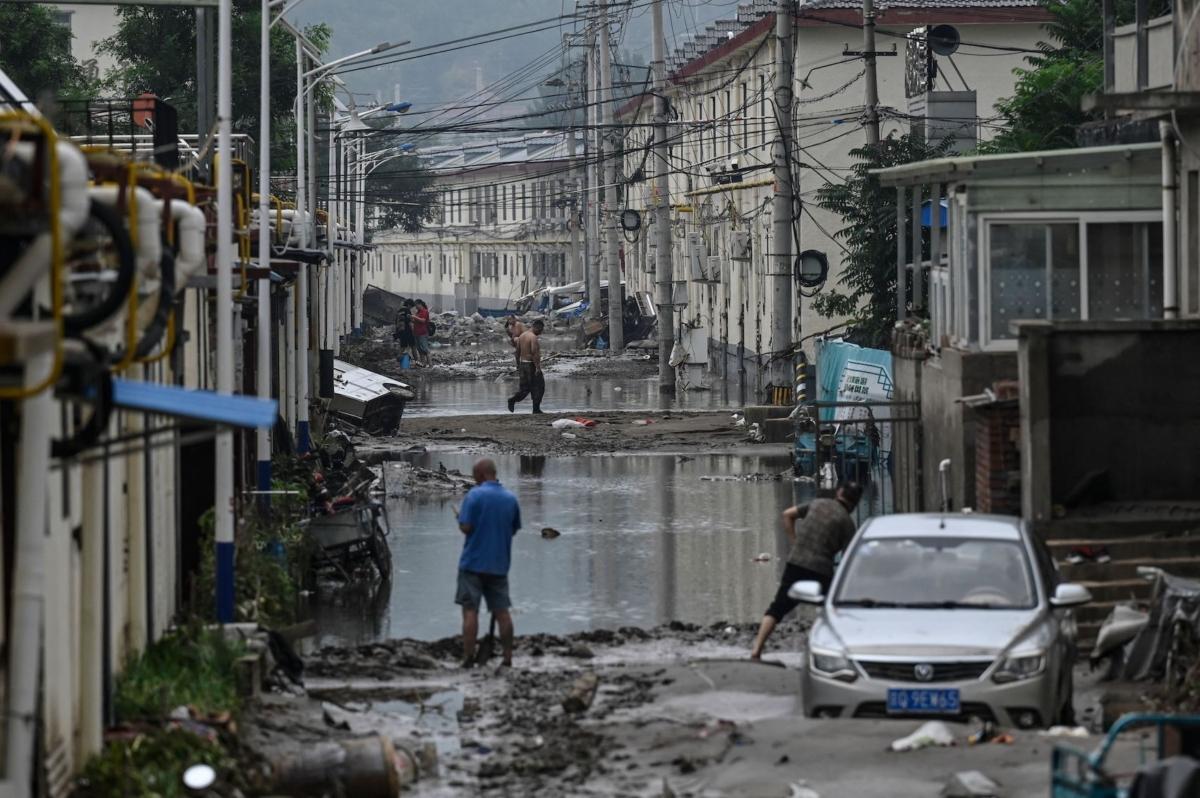
Flood Control Based on Political Needs
Wang Weiluo, a hydrology expert based in Germany, told The Epoch Times on Aug. 2 that the floods in Hebei this time were more severe than those in Beijing. The floods in Zhuozhou were from the Juma River, which was swelled by the flood discharge from the districts of Fangshan, Mentouguo, and the Yongding River in Beijing.“It’s certain that Beijing released the flood waters. It has taken measures to divert the flood,“ Mr Wang said. ”The main purpose of diverting the flood is to reduce the pressure on the downstream where the Xiong’an New Area is.”
Xiong’an is Chinese Communist Party (CCP) leader Xi Jinping’s planned new political hub.
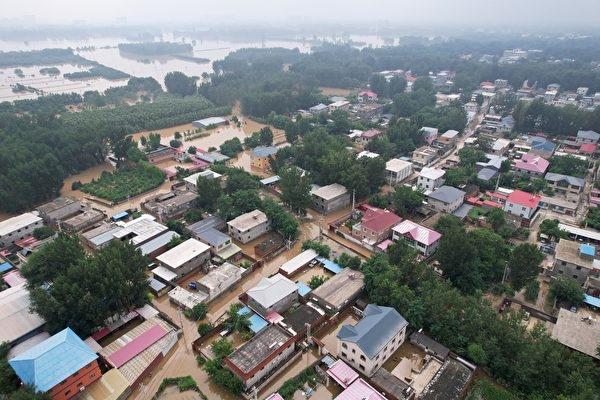
In effect, Zhuozhou and nearby areas between Beijing and Xiong’an became a flood storage zone, Mr. Wang said.
Social media videos show villages, towns, and vast farmlands in the Zhuozhou area submerged in deep water.
Local officials in Zhuozhou said the floodwaters wouldn’t recede within a month.
“[The CCP’s] entire flood control design is not focused on the safety of people’s lives. The main urban areas of Beijing or Tianjin, where the central government is located, and the newly-built Xiong’an New Area are the focus of its protection,” Mr. Wang said.
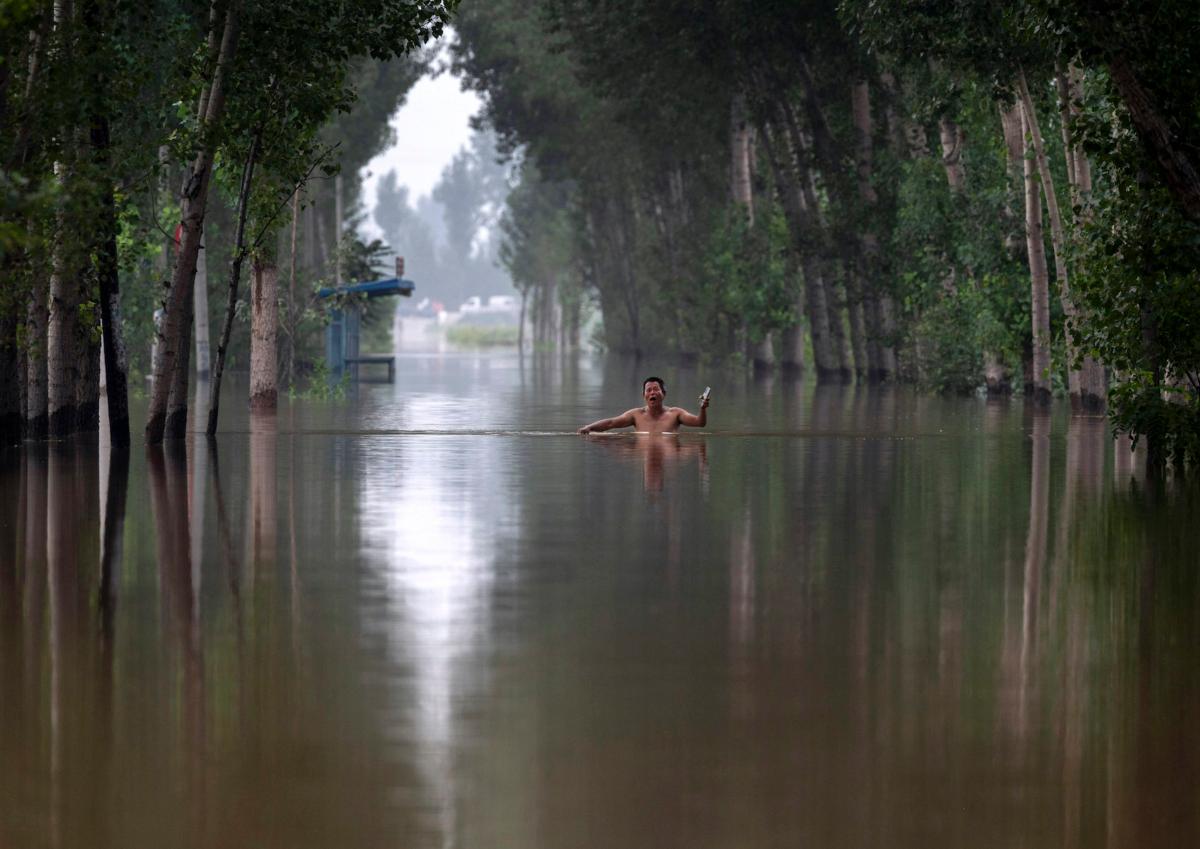
Xi’s ‘Sponge Cities’ Failure
The severe flooding in Beijing has attracted public attention to Chinese cities’ urban drainage engineering problems.Mr. Wang said that flooding under the CCP’s rule often comes from either two types of disasters: a large amount of water or infective urban drainage systems.
“This time, the severe flooding in Beijing is caused by these two factors combined,” he said.
In December 2013, Mr. Xi’s emphasized the construction of “sponge cities” at the “Central Urbanization Work Conference” for 70 percent of the city’s rainfall to be absorbed and utilized locally.
“Sponge cities” is a drainage concept that suggests urban areas with abundant natural areas, such as lakes and parks, can absorb rain and prevent flooding.
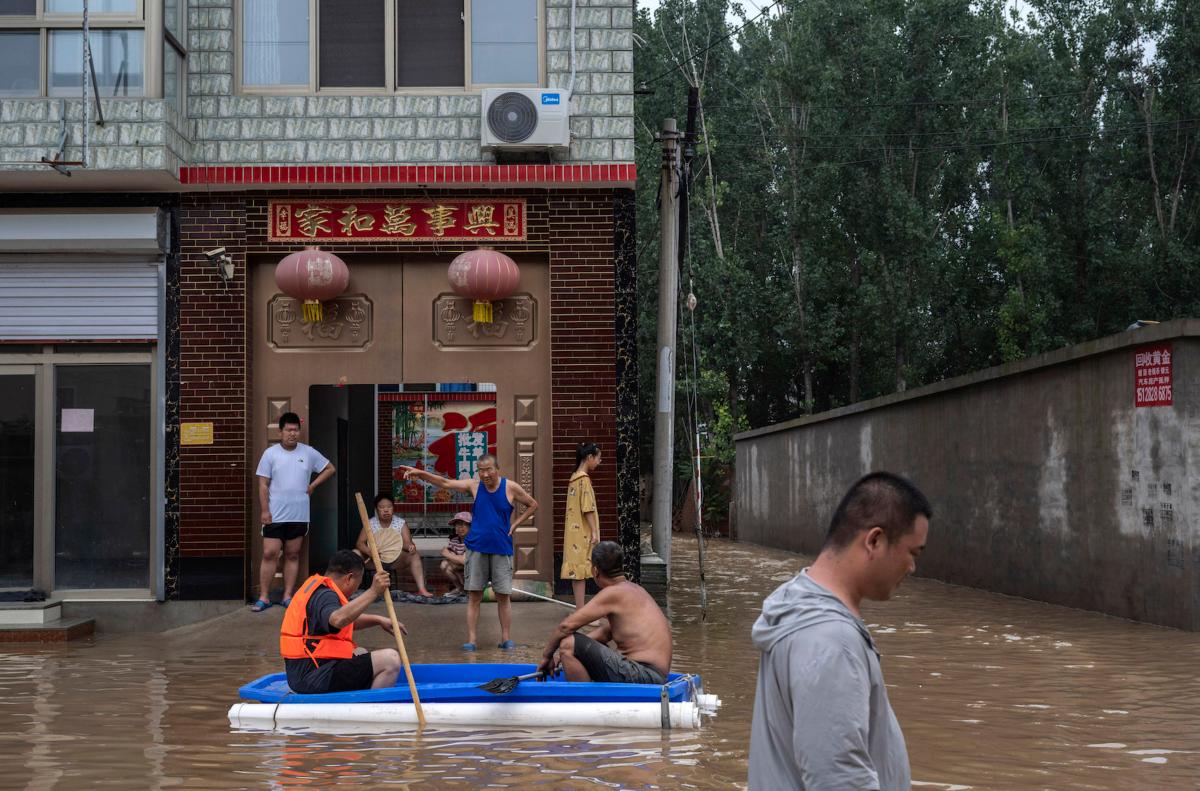
According to Chinese state media, by the end of 2021, there had been 5,237 sponge projects completed in Beijing’s built-up areas.
“For the torrential rain in China, the goal of keeping 70 percent of it locally is impossible in terms of engineering, and the cost is too high,” said Mr. Wang.
“It has to be like London, Tokyo, Chicago, Munich, and Cologne where drainage facilities lead the water into the ground where it is stored and then lead it out. The storage capacity must be very large.
“Now you see the floodwaters in China, if 70 percent of it stays in the local area to be absorbed, people’s homes will be completely submerged,” he said.
In 2021, Zhengzhou City in Henan Province was hit by torrential rain, causing heavy floods that killed 71 people. Zhengzhou has been one of the pilot “sponge cities” since 2016 and has spent 50 billion yuan ($6.98 Billion) on related urban construction.
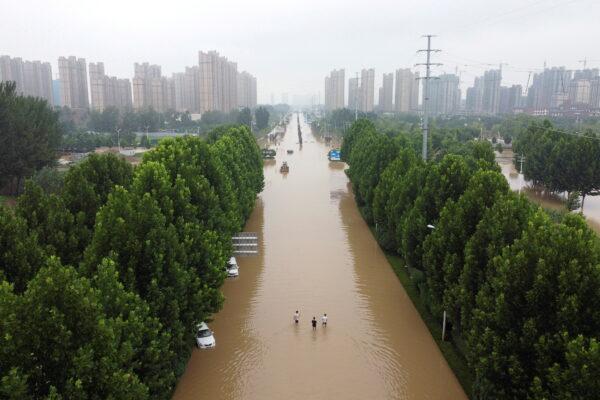
Mr. Wang added that the CCP lacks a holistic perspective on hydraulic engineering and river management and used the Haihe River that runs through Tianjin city as an example.
“In the Haihe River Basin, Mao Zedong built reservoirs in the early 1950s, and the people’s communes were formed. Many reservoirs were built to cut off water flow in the river. As a result, many places in the river have dried up, and the shallow groundwater has disappeared, while flooding occurred in other places," Mr. Wang said.
“In 1963, severe torrential rain was even greater than now. A reservoir in the Haihe River Basin called Dongchuankou Reservoir broke during the heavy rain, causing a big flood. How many people died in it has not been fully revealed,” he said.
